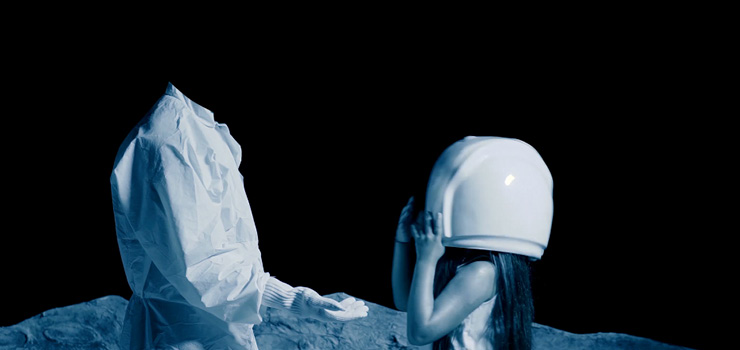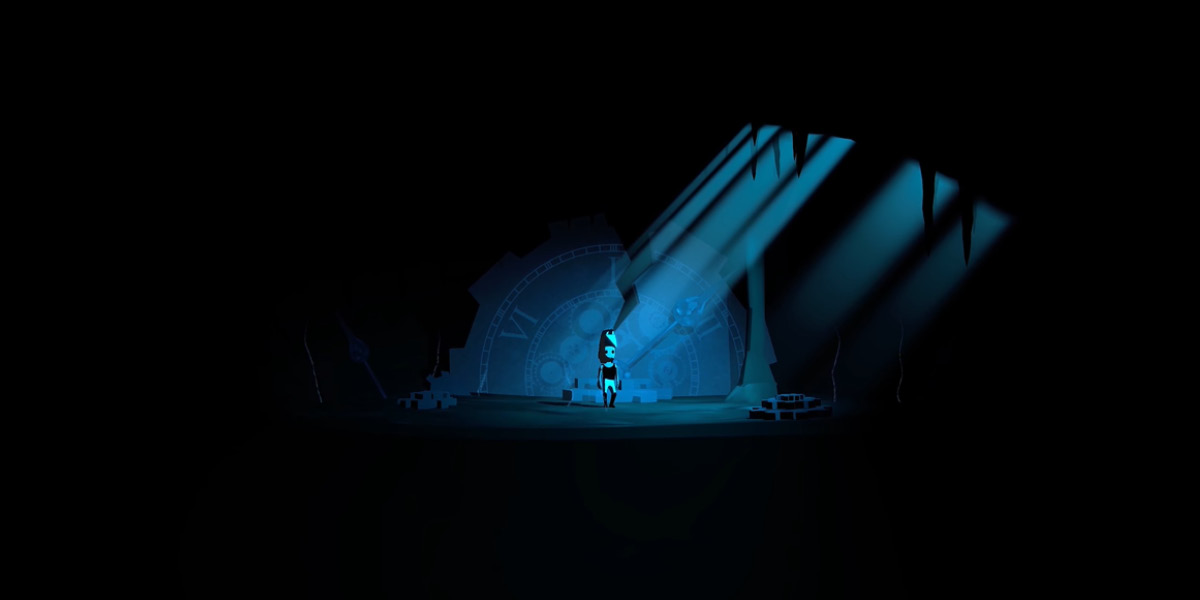-
How to become
3d Artist

Who is a 3D Artist?
From film and entertainment to advertising and gaming, are just a few of the main sectors in which a 3D Artist’s role is central. Today, thanks to the pervasive presence of digital technologies and their rapid development, these figures have also become important in architecture, design and other fields. Their ultimate competence is the creation of three-dimensional graphic projects with models, textures, animations and special effects applied to virtual images and environments.
What do 3D Artists do?
As mentioned in the introductory paragraph, 3D Artists may work in different fields and, consequently, their tasks may vary depending on the sector in which they are employed. However, some functions are largely applied. The first is, certainly, the creation of 3D models (be they objects, characters, environments or other graphic elements). These can be characterised (with textures and colours) and animated to create smooth and convincing motion sequences. Increasingly sophisticated visual and special effects are used to create atmospheres that are evocative and sophisticated or disruptive and spectacular, depending on the needs of the project. Through rendering and lighting, details such as scene lighting or reflections are then perfectioned.
What skills should 3D Artists have?
3D Artists are therefore involved in various activities related to the creation of three-dimensional objects. This requires technical skills, creativity and a disposition towards teamwork. A solid artistic base is crucial to understand the principles of perspective, colour, and composition.
Concept development: creative vision and ability to translate ideas into images and three-dimensional models.
Modelling: knowledge of 3D software such as Maya, 3ds Max or Blender and rendering software such as V-Ray or Arnold.
Perfectioning: ability to identify and solve technical problems that may arise during the 3D creation process.
How to become a 3D Artist?
In order to learn how to develop a concept and create three-dimensional graphic objects, it is crucial to learn dedicated software. At NABA these skills are acquired as part of the Three-year BA programme in Creative Technologies (link) and, more specifically, in the VFX and 3D specialisation. Here, students explore languages, techniques and technologies that are used in independent productions just as in the global digital entertainment industry at large. During the courses, many hours are devoted to practising and experimenting with modelling, texturing and animation techniques.

